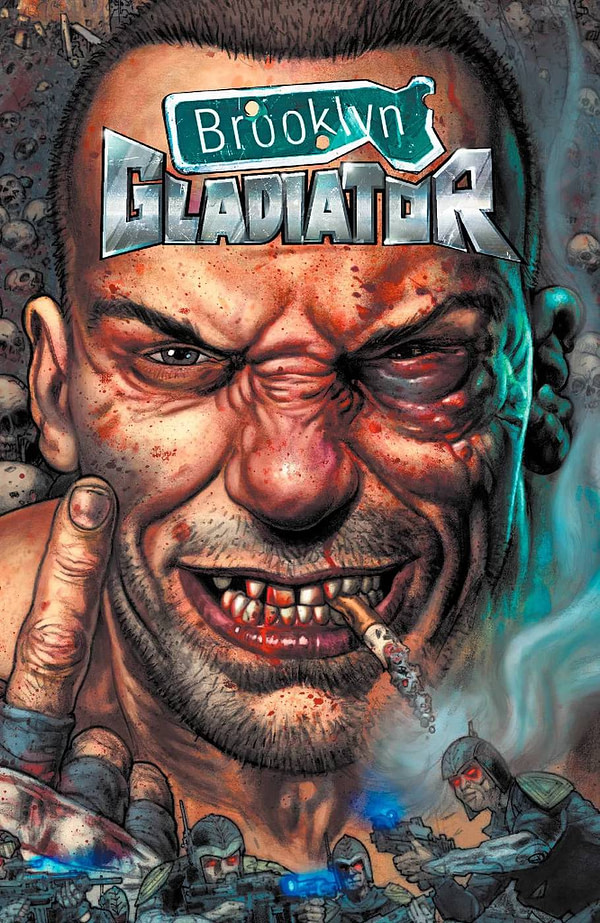
Strange" issues of Strange Tales in my collection came from his store.


Many of the "Human Torch," "Nick Fury" and "Dr. Pat was more knowledgeable than some of the other owners he was one of the few in that period who had a price list and sold copies of The Comic Reader, the first fanzine I had ever seen back in 1972. The above issue is one of many I purchased at "Pat's" (perhaps called Ridgewood Books or some such I don't quite recall). Jack Kirby pencils Dick Ayers inks Sam Rosen letters. Both of us are certain that when John had a part-time job he bought stacks of late 1950s/early 60s Batman and Detective Comics for reasonable prices. Since John collected many of Marvel's it's likely that he picked up issues of X-Men or Journey into Mystery that were missing from his collection. When I questioned my brother John on his purchases at the stores we most often frequented, which included the Ruth and Sam Book Shop, located in the Bushwick section of Brooklyn "Pat's," and "Kirk's," both residing less than a mile away in Ridgewood, Queens ( I should explain that we always referred to the proprietors name rather than the establishments formal designation) he was at a loss to recall exact titles. Sam Rosen, known for his distinctive lettering for Marvel in the 1960s, provided most of the logo designs and cover lettering for I. The attractive cover seen above is illustrated by the talented Gray Morrow. Shortly after a three-issue run the hero was revived by DC, which HAD legally secured the rights to Quality titles (the original owner), including Blackhawk and Plastic Man. This didn't deter him from producing titles starring recognizable heroes such as Jack Cole's Plastic Man, who had appeared regularly in the 1940s and into the 1950s. (whose initials comprised the company name) bought the plates from companies that had gone out of business, even though he didn't own the copyrights on characters. My brother and I passed on these comics, which often featured new covers by the likes of Ross Andru and John Severin. Most were generic war, crime, mystery and children's material, a few featured characters we were not yet familiar with, such as Doll Man, Plastic Man and The Spirit. I recall seeing batches of I.W./Super Comics, a company that repackaged and reprinted stories from defunct companies. Unknown companies and unusual titles that were rarely distributed on newsstands in my neck of the woods surfaced with frequency here ACG, Charlton, Dell, etc. Popular titles such as Superman and Fantastic Four were mixed alongside Swing with Scooter, Betty and Veronica, Bugs Bunny, Tarzan or Undersea Agent. They were not wrapped in plastic and had no particular order that I recall. Virtually every store had their comics displayed on wooden or metal shelves in stacks that were easily accessible. Who knows what treasures might lurk within the ruins?įor those like my brother John, it was a place to seek out old or missing comic books to add to his collection (in those days my older brother did all the buying while I reaped the benefits!). The interiors also shared similarities cluttered, dusty and often unorganized, but with a sense of wonderment and surprise. Of the ones I frequented in Brooklyn and Queens many were owned by middle-aged (or older) couples. A segment of these establishments also bought and sold used books, magazines, records, coins, stamps, war memorabilia and assorted ephemera. During the 1960s and into the early 1970s it was commonplace for a neighborhood in New York to have stores that had no exact classification.


 0 kommentar(er)
0 kommentar(er)
